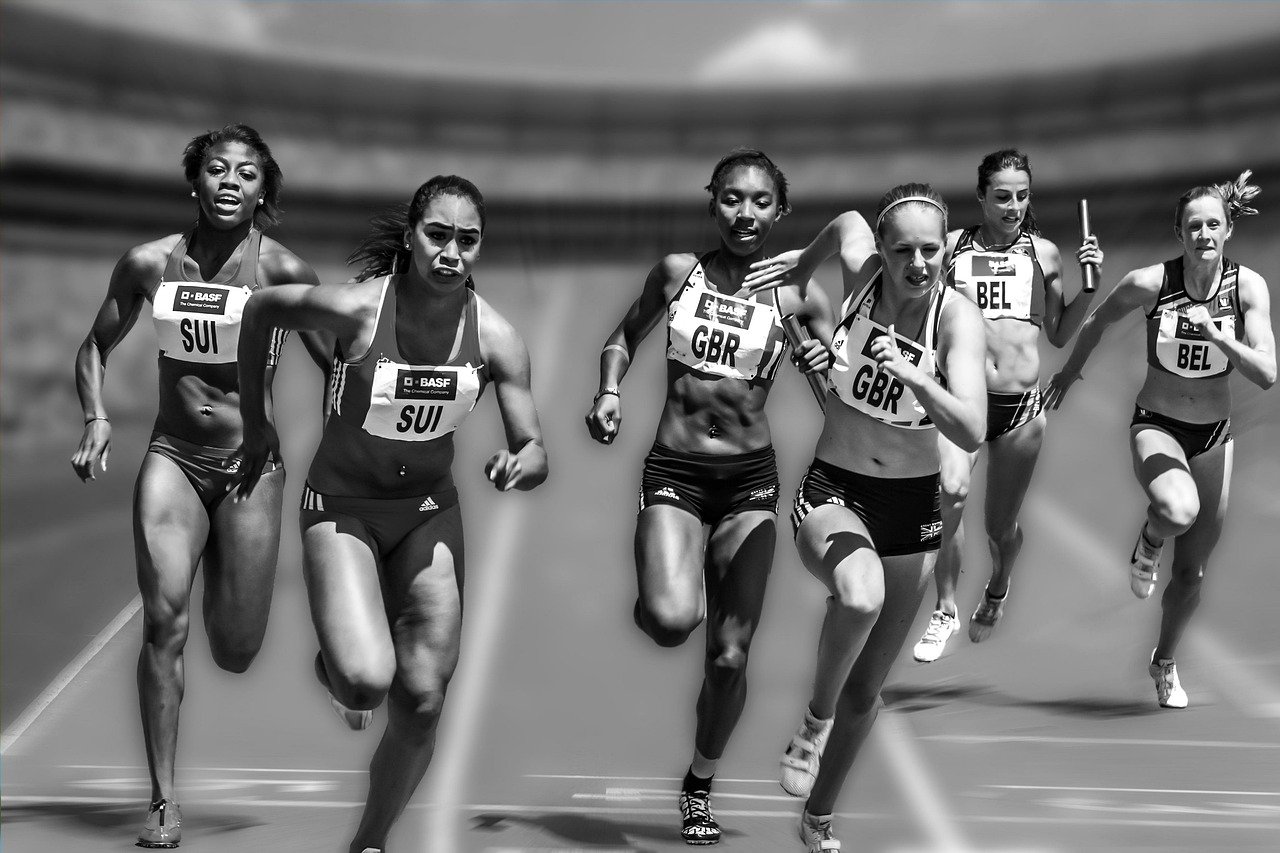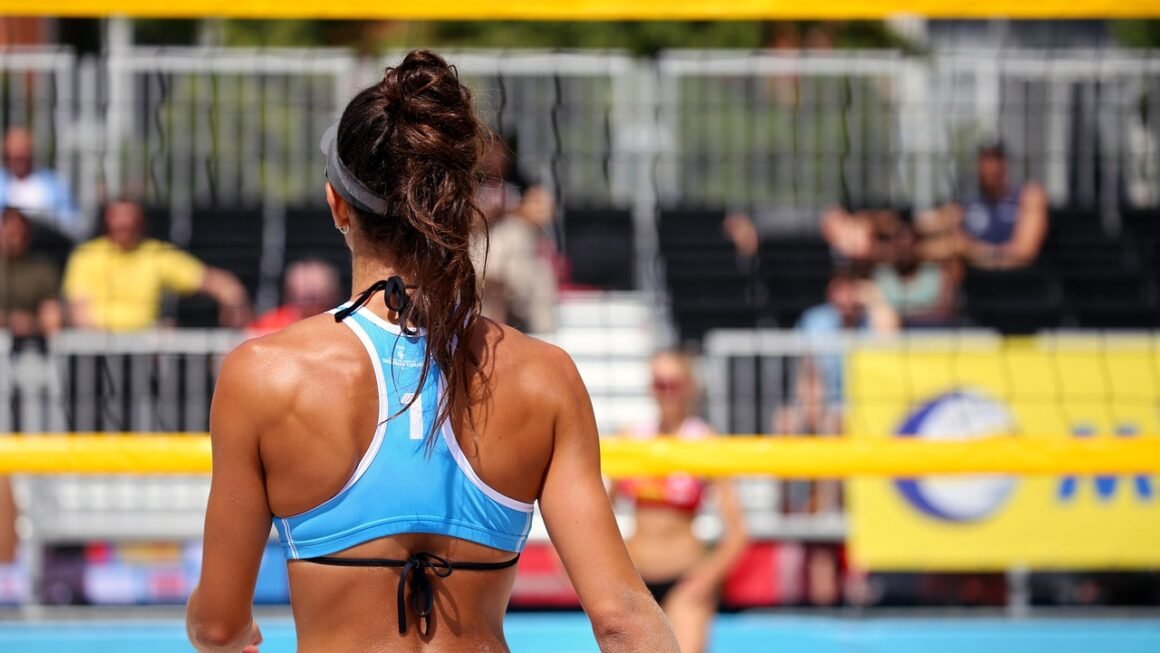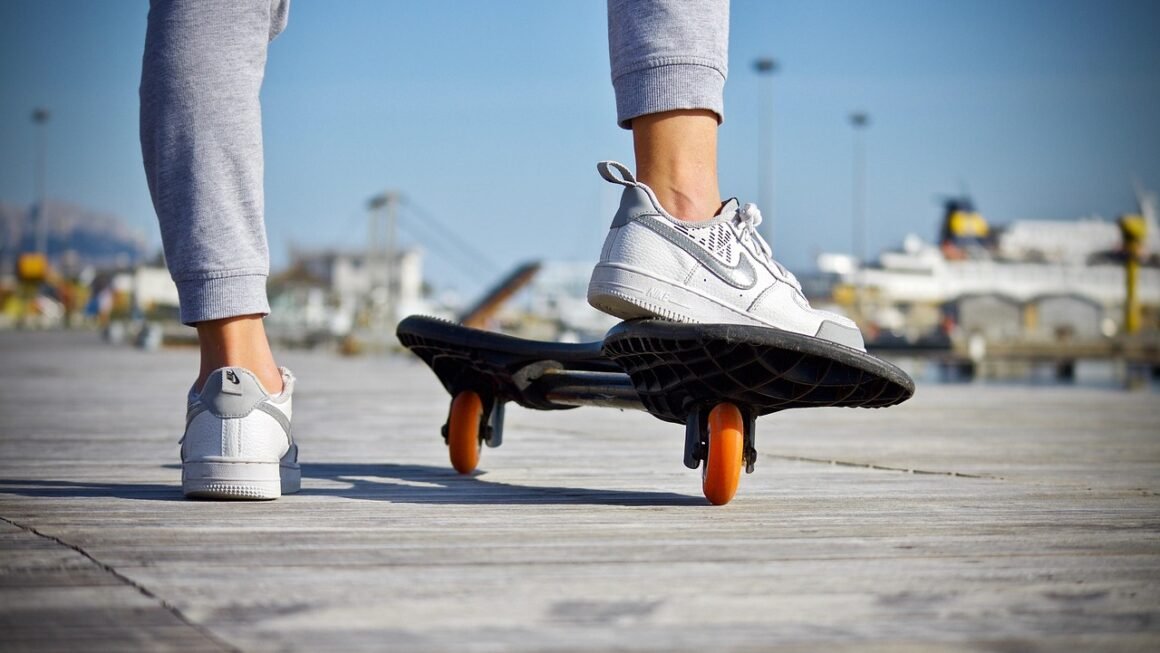Athletics, the foundation of so many sports we know and love, encompasses a wide range of activities testing human speed, strength, and endurance. From the explosive power of a sprint to the calculated pacing of a marathon, athletics offers something for everyone. This blog post will delve into the various aspects of athletics, exploring its different disciplines, the benefits it offers, and how you can get involved in this exciting world.
The Diverse World of Athletics
Athletics is more than just running; it’s a diverse collection of events that highlight different aspects of physical prowess. Understanding the various disciplines helps appreciate the full scope of this sport.
Track Events
Track events are primarily focused on speed and endurance performed on a running track. These events range from short sprints to long-distance races.
- Sprints: Short-distance races like the 100m, 200m, and 400m, emphasizing explosive power and speed. World-class sprinters can reach speeds of over 27 mph during the 100m.
- Middle-Distance: Events like the 800m and 1500m, requiring a blend of speed and stamina. These races often involve tactical positioning and strategic pacing.
- Long-Distance: Races such as the 5000m and 10,000m, demanding exceptional endurance and mental fortitude. Kenyan athletes often dominate these events, showcasing their superior aerobic capacity.
- Hurdles: Races incorporating barriers, testing both speed and agility. Common hurdles races include the 100m/110m hurdles and the 400m hurdles.
- Relays: Team events like the 4x100m and 4x400m, combining individual speed and teamwork for success. The passing of the baton is a crucial skill in relay races.
- Steeplechase: A distance race incorporating barriers and a water jump, demanding a unique combination of running and jumping skills.
Field Events
Field events involve jumping or throwing for distance or height, showcasing different aspects of strength and technique.
- Jumping Events:
Long Jump: Athletes sprint and leap into a sandpit, aiming for maximum distance. Proper technique involves a precise approach run and a powerful jump.
Triple Jump: Similar to the long jump but with two additional hops before the final jump into the sandpit. This event requires exceptional lower body strength and coordination.
High Jump: Athletes jump over a horizontal bar, aiming for maximum height. The Fosbury Flop, a back-first jumping style, is now the dominant technique.
Pole Vault: Athletes use a pole to propel themselves over a high bar, requiring a combination of running speed, upper body strength, and technique.
- Throwing Events:
Shot Put: Athletes throw a heavy metal ball for distance. Power and technique are crucial for achieving maximum distance.
Discus Throw: Athletes throw a disc-shaped object for distance. The throwing motion involves a rotational technique to generate power.
Hammer Throw: Athletes throw a heavy ball attached to a wire for distance. This event requires significant upper body strength and coordination.
Javelin Throw: Athletes throw a spear-like object for distance. Proper technique involves a running start and a powerful overhand throw.
Combined Events
Combined events test an athlete’s all-around abilities across multiple disciplines. These events require a broad range of skills and physical attributes.
- Decathlon (Men): A two-day event consisting of 100m, long jump, shot put, high jump, 400m, 110m hurdles, discus throw, pole vault, javelin throw, and 1500m.
- Heptathlon (Women): A two-day event consisting of 100m hurdles, high jump, shot put, 200m, long jump, javelin throw, and 800m.
Benefits of Participating in Athletics
Athletics provides numerous physical, mental, and social benefits, making it an excellent choice for individuals of all ages and fitness levels.
Physical Health Benefits
- Improved Cardiovascular Health: Running and other athletic activities strengthen the heart and improve blood circulation, reducing the risk of heart disease.
- Increased Strength and Endurance: Athletics builds muscle strength and improves overall endurance, allowing individuals to perform daily tasks with greater ease.
- Weight Management: Athletics burns calories and helps maintain a healthy weight, reducing the risk of obesity-related health problems.
- Enhanced Bone Density: Impact exercises like running and jumping promote bone growth and increase bone density, reducing the risk of osteoporosis.
- Improved Coordination and Agility: Athletics requires precise movements and coordination, enhancing overall agility and balance.
Mental and Social Benefits
- Stress Reduction: Physical activity releases endorphins, which have mood-boosting and stress-reducing effects.
- Improved Mental Focus: Athletics requires concentration and discipline, improving mental focus and cognitive function.
- Increased Self-Esteem: Achieving athletic goals and improving physical fitness can boost self-esteem and confidence.
- Social Interaction: Participating in athletics provides opportunities for social interaction and teamwork, fostering a sense of community.
- Discipline and Time Management: Training for athletic events requires discipline and effective time management skills, which can be beneficial in other areas of life.
Getting Involved in Athletics
There are many ways to get involved in athletics, regardless of your age, fitness level, or experience.
Local Clubs and Organizations
- Find a Local Athletics Club: Search online for athletics clubs in your area. These clubs offer training programs, coaching, and opportunities to compete in local and regional events.
- Join a Running Group: Running groups provide a supportive and social environment for individuals who enjoy running. They often organize group runs and offer training advice.
- Participate in Community Events: Many communities organize fun runs, track meets, and other athletic events that are open to the public. These events are a great way to get involved and meet other athletes.
- Example: Look for clubs affiliated with your national governing body for athletics, such as USA Track & Field (USATF) in the United States or UK Athletics in the United Kingdom.
Training Tips for Beginners
- Start Slowly: Begin with short, low-intensity workouts and gradually increase the duration and intensity as your fitness improves.
- Focus on Proper Form: Learn the correct technique for each athletic activity to prevent injuries and maximize performance. Consider working with a coach or experienced athlete to improve your form.
- Listen to Your Body: Pay attention to any pain or discomfort and rest when needed. Overtraining can lead to injuries and burnout.
- Stay Hydrated: Drink plenty of water before, during, and after workouts to stay hydrated and prevent dehydration.
- Eat a Healthy Diet: Fuel your body with a balanced diet that includes plenty of fruits, vegetables, lean protein, and whole grains.
Resources and Equipment
- Running Shoes: Invest in a good pair of running shoes that provide adequate support and cushioning.
- Athletic Apparel: Wear comfortable and breathable athletic clothing that allows for unrestricted movement.
- Training Equipment: Consider purchasing training equipment such as resistance bands, weights, or a heart rate monitor to enhance your workouts.
- Online Resources: Utilize online resources such as websites, blogs, and videos to learn about training techniques, nutrition, and injury prevention.
- Examples: Websites like Runner’s World and training apps like Strava offer a wealth of information for runners and athletes.
Nutrition and Recovery for Athletes
Proper nutrition and recovery are essential for optimizing performance and preventing injuries in athletics.
Nutritional Guidelines
- Carbohydrates: Provide the primary source of energy for athletes. Choose complex carbohydrates such as whole grains, fruits, and vegetables.
- Protein: Essential for muscle repair and growth. Include lean protein sources such as chicken, fish, beans, and tofu in your diet.
- Fats: Provide energy and support hormone production. Choose healthy fats such as avocados, nuts, and olive oil.
- Hydration: Drink plenty of water throughout the day to stay hydrated. Consider using sports drinks during intense workouts to replenish electrolytes.
- Vitamins and Minerals: Essential for overall health and performance. Eat a variety of fruits and vegetables to ensure you are getting adequate vitamins and minerals.
- Example: A pre-race meal could consist of pasta with a light tomato sauce and grilled chicken, providing carbohydrates for energy and protein for muscle support.
Recovery Strategies
- Rest and Sleep: Allow your body adequate time to rest and recover. Aim for at least 7-8 hours of sleep per night.
- Active Recovery: Engage in low-intensity activities such as walking or swimming to promote blood flow and reduce muscle soreness.
- Stretching: Stretch regularly to improve flexibility and prevent injuries. Focus on stretching major muscle groups used in your athletic activities.
- Massage: Consider getting a massage to relieve muscle tension and promote relaxation.
- Ice Baths: Ice baths can help reduce inflammation and muscle soreness after intense workouts.
- Example: After a hard track workout, consider a 15-minute ice bath followed by gentle stretching.
Conclusion
Athletics offers a vast array of disciplines that cater to diverse interests and abilities, providing numerous physical, mental, and social benefits. Whether you’re a seasoned athlete or a beginner looking to get involved, the world of athletics has something to offer everyone. By understanding the different events, embracing proper training techniques, focusing on nutrition and recovery, and joining local clubs or organizations, you can unlock your athletic potential and enjoy the many rewards of participating in this exciting sport. Start your journey today and experience the joy and fulfillment that athletics can bring.



